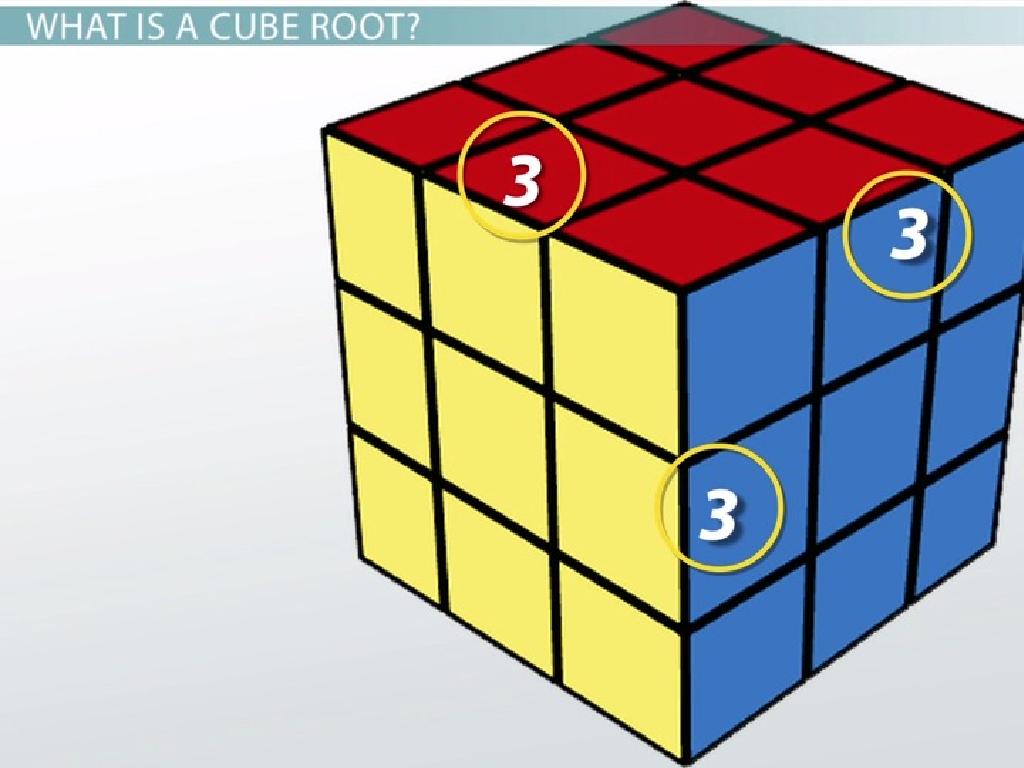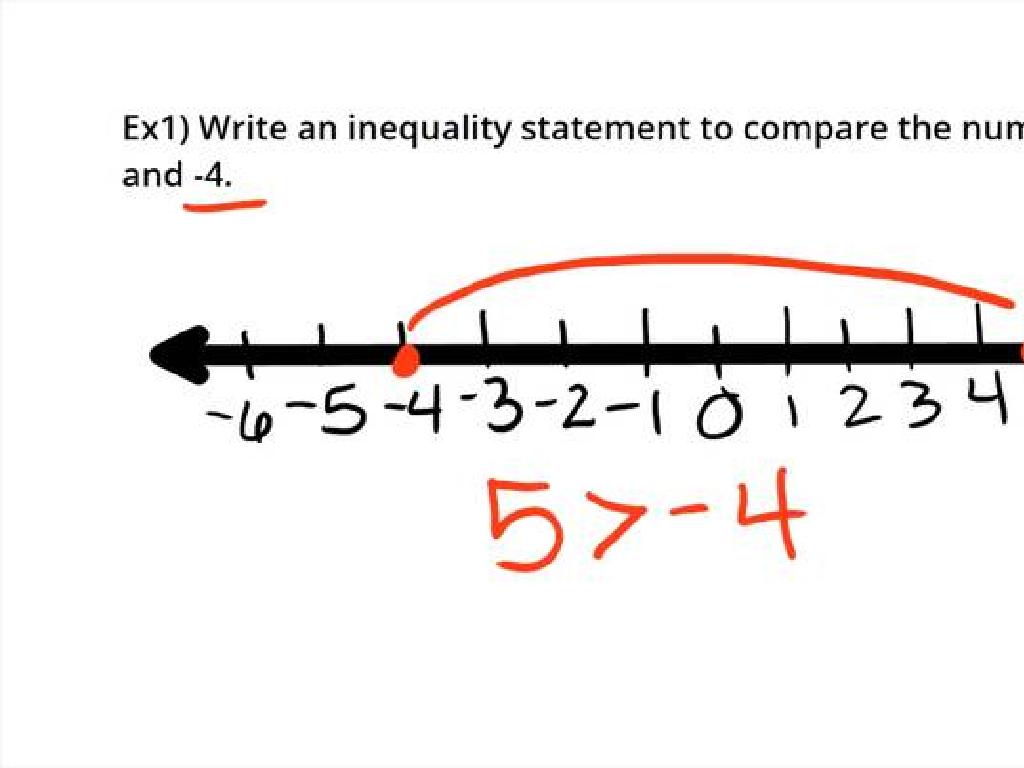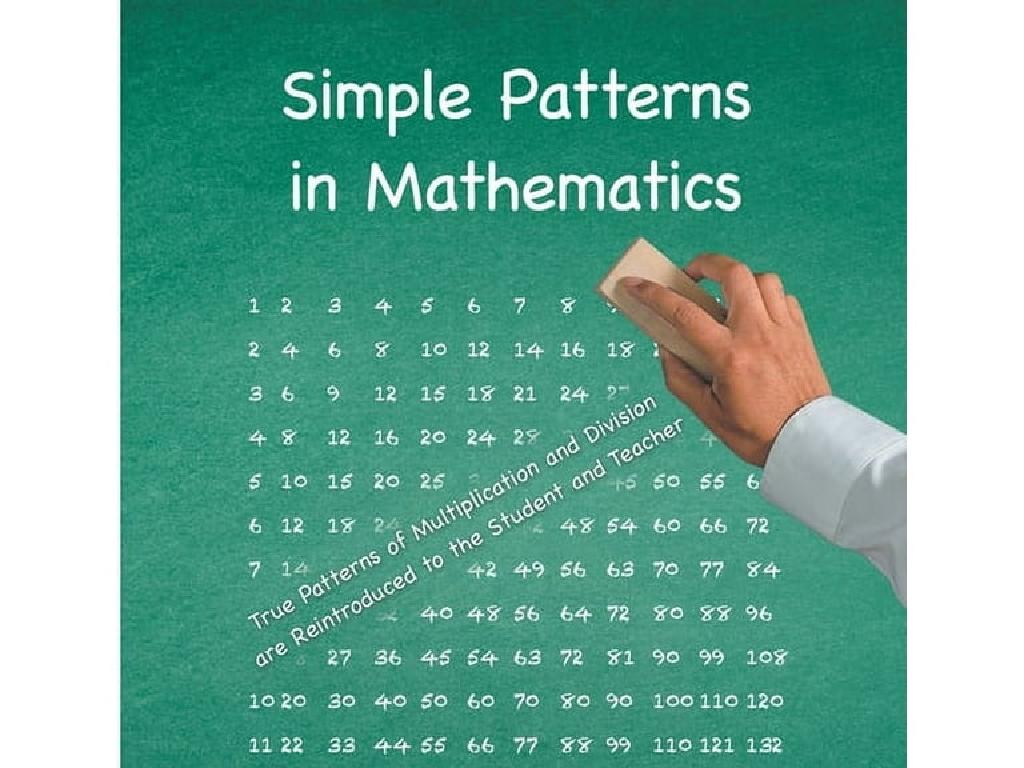Use The Correct Homophone
Subject: Language arts
Grade: Second grade
Topic: Homophones
Please LOG IN to download the presentation. Access is available to registered users only.
View More Content
Welcome to Homophones!
– What are homophones?
– Words that sound alike but have different meanings
– Sound same, different meanings
– Different spellings
– Examples: to, two, too
– ‘to’ (direction), ‘two’ (number 2), ‘too’ (also)
|
Homophones are words that sound the same when we say them, but they have different meanings and are spelled differently. It’s like a word puzzle! For example, ‘to’ is used when we’re talking about going somewhere, ‘two’ is the number after one, and ‘too’ means also or very. When we write, we have to choose the right homophone so that our sentences make sense. Let’s practice with these examples and see if we can think of more homophones together in class!
Homophones We Know
– List daily homophones
– Discuss and share with a partner
– Examples: Pair, pear
– Pair: two items, Pear: a fruit
– More examples: See, sea; knight, night
– See: to view, Sea: large body of water; Knight: warrior, Night: opposite of day
|
This slide is designed to engage second-grade students in recognizing and understanding homophones words that sound the same but have different meanings and spellings. Start by asking students to think of homophones they already know and use every day. Encourage them to discuss these with a partner to reinforce their learning through peer interaction. Provide clear examples like ‘pair’ and ‘pear’, ‘see’ and ‘sea’, as well as ‘knight’ and ‘night’ to illustrate the concept. During the next class, facilitate a sharing session where pairs of students can present their examples. This activity will help students to grasp the concept of homophones in a fun and interactive way, enhancing their vocabulary and spelling skills.
Choosing the Right Homophone
– Understanding homophones
– Words that sound the same but have different meanings and spellings, like ‘to, two, too’.
– Using context clues
– Read the sentence around the word to find hints.
– Practice with examples
– We’ll look at sentences and choose the right word together.
– Group activity
|
This slide is aimed at helping second-grade students understand the concept of homophones words that sound alike but have different meanings and spellings. Start by explaining what homophones are with clear examples. Emphasize the importance of context clues in sentences to determine the correct homophone to use. Engage the class with practice examples where they pick the right homophone based on the context of the sentence. Conclude with a fun group activity where students work together to identify homophones, fostering collaboration and reinforcing their learning. Provide guidance and positive feedback throughout the activity.
Homophones in Action
– Fill in blanks with homophones
– ‘I ___ (ate, eight) my lunch.’
– Which word means to consume food?
– ‘The ___ (flower, flour) is used for baking.’
– Which one is a baking ingredient?
– Discuss the correct answers
|
This slide is designed to engage second-grade students in understanding and using homophones correctly. Homophones are words that sound the same but have different meanings and spellings. Start by explaining the concept with simple examples. Then, read the sentences aloud and ask the students to choose the correct homophone to fill in the blanks. After completing the activity, discuss why the chosen homophones are correct, emphasizing the meaning of each word. Encourage students to come up with their own sentences using homophones. This activity will help reinforce their understanding of homophones in a fun and interactive way.
Your Turn: Crafting Sentences with Homophones
– Pick a pair of homophones
– Write a sentence for each
– Make sure each sentence shows the different meanings of the homophones.
– Share your sentences aloud
– Listen to classmates’ sentences
– Think about how their homophones are used differently.
|
This activity is designed to reinforce the concept of homophones, which are words that sound the same but have different meanings and often different spellings. Encourage the students to choose a pair of homophones and create their own sentences that clearly show the difference in meaning between the two words. Provide examples such as ‘The sea is deep and blue’ and ‘I see you!’ for the homophones ‘sea’ and ‘see’. After writing, students will share their sentences with the class, which will help them practice speaking and listening skills. As a teacher, listen to the sentences to ensure correct usage of homophones and provide feedback. This will also be an opportunity for peer learning as students hear the variety of sentences and homophones used by their classmates.
Homophone Matching Game
– Let’s play a homophone game
– Match homophones on the board
– Homophones sound the same but have different meanings and spellings, like ‘pair’ and ‘pear’.
– Work in pairs to find matches
– Have fun learning new words!
|
This slide introduces a class activity focused on homophones, which are words that sound alike but have different meanings and spellings. The objective is to match each word with its correct homophone. Students will work in pairs to encourage collaboration and peer learning. As a teacher, prepare a list of homophones and write them randomly on the board. Provide clear instructions and ensure that each pair has a turn to participate. Possible homophone pairs for the activity could include ‘sea/see’, ‘night/knight’, ‘flour/flower’, and ‘blue/blew’. After the game, discuss with the class how to use these words correctly in sentences. This activity will help students recognize and differentiate between homophones, enhancing their vocabulary and spelling skills.
Class Activity: Homophone Hunt
– Let’s hunt for homophones
– Find objects with homophone pairs
– Write down each homophone you find
– Example: ‘sun’ and ‘son’
– ‘Sun’ in the sky, ‘son’ is a child
|
This activity is designed to help students understand homophones words that sound the same but have different meanings and spellings through an interactive classroom hunt. Set up the classroom with various objects or pictures that have corresponding homophones. Guide the students to explore the room and find these items, then write down the homophones they represent. For instance, they might find a picture of the sun and write down ‘sun’ and ‘son’. Encourage creativity and ensure they understand the concept by discussing the examples they find. Possible variations of the activity could include pairing up students, using riddles to find the objects, or creating a homophone craft with the words they discover.
Homophones: Conclusion and Homework
– Congratulations on learning homophones!
– Homework: Find 3 pairs of homophones
– Like ‘sun’ and ‘son’, ‘flower’ and ‘flour’
– Use each pair in a sentence
– Show how each homophone is used differently
– Share your sentences in class tomorrow
|
Great work today, class! For homework, the students are tasked with finding three pairs of homophones. They should write sentences that correctly use these homophones to demonstrate their understanding of the concept. Remind them that homophones sound the same but have different meanings and spellings. Encourage creativity in their sentence formation. In the next class, be prepared to have each student share their sentences, which will reinforce their learning and allow for peer learning. Offer praise and constructive feedback on their examples.






